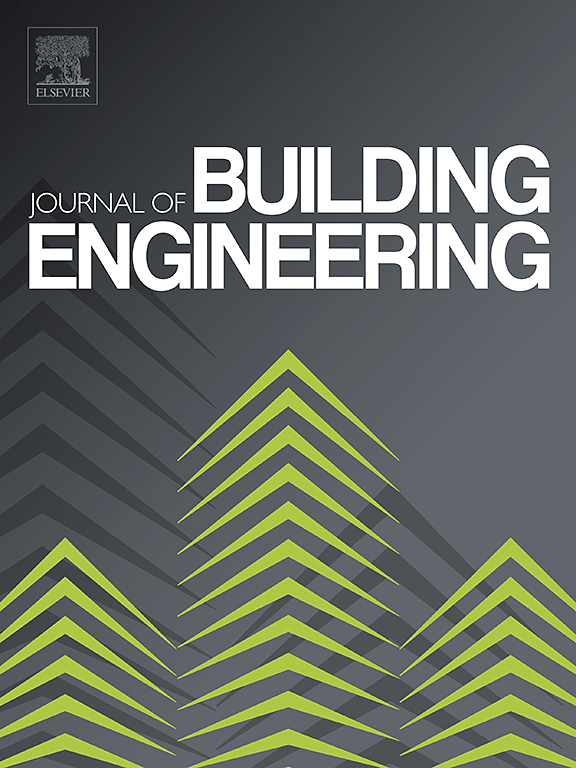Feasibility study of 3D-printed rubberized concrete as a permanent formwork: mechanical properties, interlayer interface and durability
IF 6.7
2区 工程技术
Q1 CONSTRUCTION & BUILDING TECHNOLOGY
引用次数: 0
Abstract
This study proposes 3D-printed rubberized concrete (3DPRC) as an innovative permanent formwork solution that integrates recycled rubber aggregates (RA) with 3D concrete printing (3DCP) technology to resolve interfacial bonding and durability limitations. A systematic evaluation of RA dosage (0-15%), particle size (30-70 mesh), and surface treatments (water-soaking, cement coating, and heat treatment) demonstrated that 5% unmodified 50-mesh RA optimizes interlayer adhesion, yielding a compressive strength of 49.78 MPa, flexural strength of 10.59 MPa, exceptional freeze-thaw resistance (>600 cycles), and low chloride ion permeability (diffusion coefficient of 6.99×10-12 m2/s). The absorption-desorption process of RA reduces surface water films on printed filaments and facilitates internal curing at interfaces, suppressing elongated pore formation and refining pore geometry. These synergistic effects enhance interfacial bond strength while mitigating mechanical anisotropy, thereby validating 3DPRC’s suitability as a high-performance permanent formwork system.
求助全文
约1分钟内获得全文
求助全文
来源期刊

Journal of building engineering
Engineering-Civil and Structural Engineering
CiteScore
10.00
自引率
12.50%
发文量
1901
审稿时长
35 days
期刊介绍:
The Journal of Building Engineering is an interdisciplinary journal that covers all aspects of science and technology concerned with the whole life cycle of the built environment; from the design phase through to construction, operation, performance, maintenance and its deterioration.
 求助内容:
求助内容: 应助结果提醒方式:
应助结果提醒方式:


